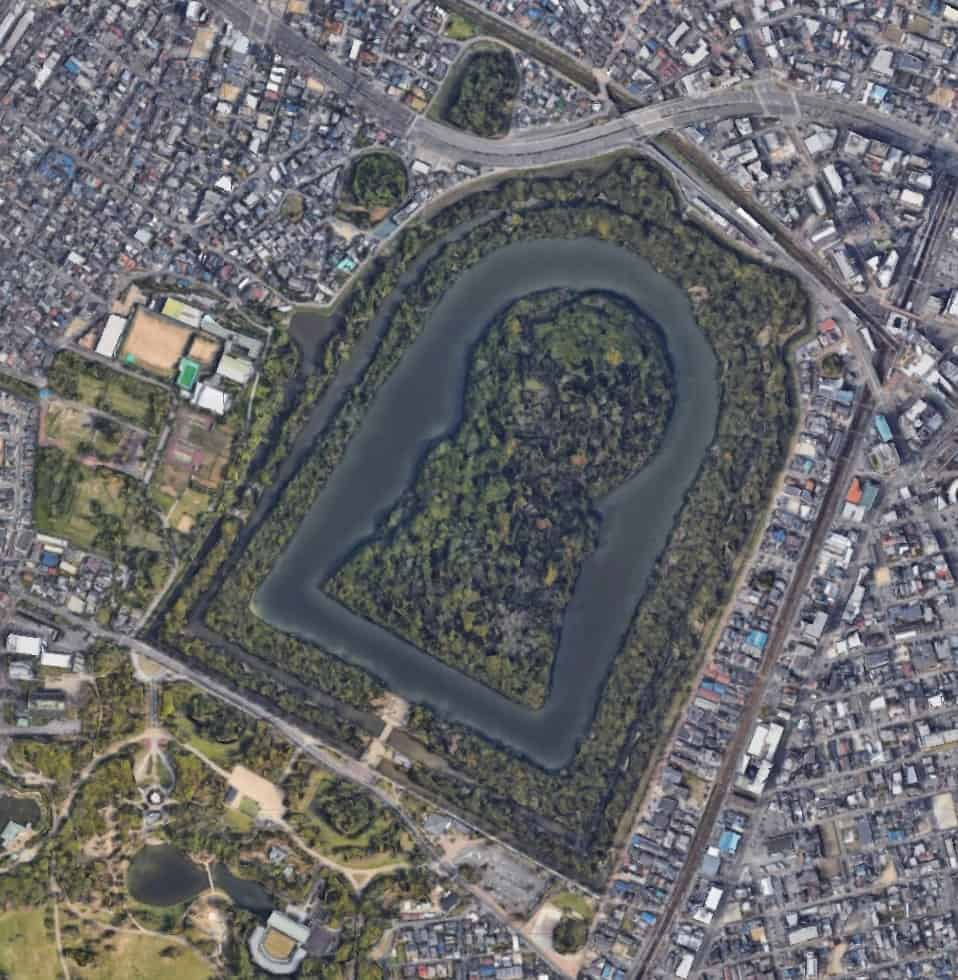KAN-KOFUN About Kofun Tumuli in Japan
Explanation of Kofun
<Back to TopWhat is a Kofun?
Kofun tumuli are Japanese burial mounds built between the 3rd and 7th centuries in Japan. Kofun literally means ancient tomb. These tumuli were built to bury members of the ruling class, such as emperors, empresses, and other important figures. There are 160,000 kofuns in Japan.
Types of Kofun
Kofun tumuli come in many shapes and sizes, but the most iconic is the keyhole-shaped mound, which when viewed from above is a combination of a circle and a square. There are many other types as well.
Structure and Shape
Kofun tumuli are often constructed by building a large earthen mound and surrounding it with a moat. Inside the burial mound, a stone chamber was built to house the deceased and their grave goods (weapons, armor, pottery, mirrors, etc.). The shape of the burial mound often symbolizes the status and power of the person buried there.
Cultural and Historical Significance
Kofun tumuli are important for understanding the social hierarchy, culture, and technological capabilities of ancient Japan. Many kofun tumuli are lined with haniwa (clay figurines), which are thought to have protected the deceased and indicated a sacred space.
Famous Examples
One of the most famous kofun tumuli is the Oyama Tumulus in Osaka. At 486 meters long, it is one of the world's largest burial mounds. It is a World Heritage Site.
